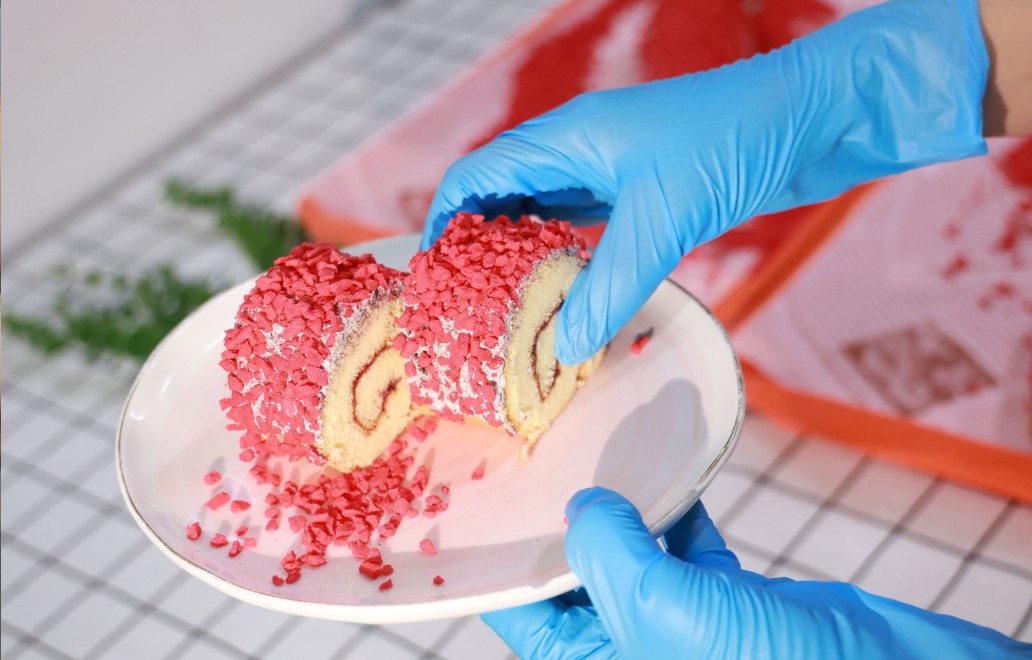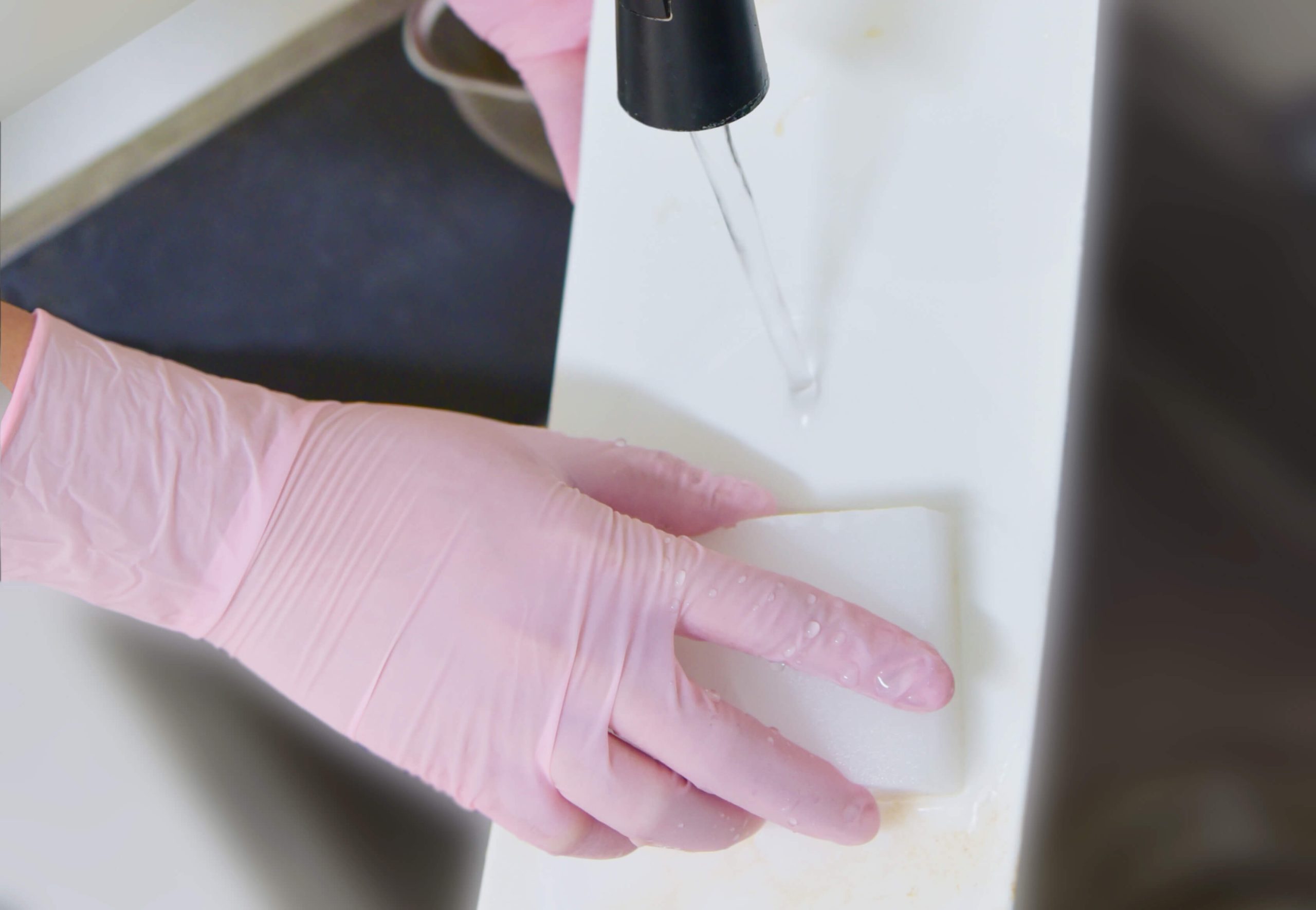Glove products
Are Nitrile Gloves Safe for Skin:Find Out Essential Facts
In various industries, gloves are essential to ensuring safety and hygiene. Among them, nitrile gloves have particularly gained prominence due to their versatile applications and protective attributes. This raises a crucial question for many users: Are nitrile gloves safe for skin? This article delves into the essential facts regarding the safety and benefits of nitrile gloves.
Understanding Nitrile Gloves
Nitrile gloves are made from a synthetic rubber known as nitrile butadiene rubber (NBR). This material is composed of organic compounds that provide flexibility, puncture resistance, and durability. Unlike latex gloves, which are made from natural rubber, nitrile gloves are free from latex proteins and therefore reduce the risk of allergies and skin irritations.
Importance in Various Industries
Nitrile gloves play a critical role across numerous sectors. In medical and healthcare settings, they are indispensable for preventing contamination and reducing contact with pathogens. Food processing workers rely on nitrile gloves to maintain hygiene standards and handle food safely. In industrial environments, these gloves protect against exposure to dangerous substances, while in laboratories, they are essential for safe handling of chemicals and specimens. The widespread utility of nitrile gloves underscores their importance in ensuring safety and operational efficiency.
Benefits of Using Nitrile Gloves for Skin Safety
Nitrile gloves offer multiple benefits that enhance skin safety, making them a preferred choice in numerous applications.
Hypoallergenic Properties
One of the significant advantages of nitrile gloves is their hypoallergenic nature. Unlike latex gloves, nitrile gloves do not contain natural rubber proteins, which are known to trigger allergic reactions. This makes them a safer option for individuals with latex allergies or sensitivities. Furthermore, manufacturers often produce nitrile gloves with low levels of chemical accelerators, reducing the risk of contact dermatitis and other skin irritations.
Chemical Resistance and Durability
Nitrile gloves are renowned for their superior chemical resistance, protecting the skin from a broad spectrum of substances, including oils, acids, and solvents. This feature is especially vital in industrial and laboratory settings, where exposure to hazardous chemicals is common. Nitrile gloves’ durability also means they are less likely to break or tear during use, providing consistent protection over prolonged periods. Enhanced durability ensures that the skin remains shielded from potential irritants and contaminants, further contributing to overall skin safety.
Proper Usage and Precautions
To maximize the benefits of nitrile gloves and ensure skin safety, proper usage and adherence to precautions are paramount.
Correct Sizing and Fit
Selecting the correct size and ensuring a proper fit are essential to avoid skin issues such as bruise or restricted blood circulation. Nitrile gloves should fit snugly but not tightly, allowing for dexterity and comfort. Ill-fitting gloves can lead to discomfort and reduced effectiveness. Users are advised to consult sizing charts and, if possible, try on gloves before purchase to find their optimal size.
Expert Opinions on Nitrile Glove Safety
Understanding the safety of nitrile gloves from an expert’s perspective adds a layer of credibility and confidence for users.
Review Studies on Material Safety
Comprehensive review studies on the material safety of nitrile gloves reinforce their suitability for individuals with various skin types. These studies often compare allergenicity rates of nitrile versus latex and vinyl gloves, consistently showing lower rates of allergic reactions and skin irritations with nitrile. Further, studies also explore the efficiency of nitrile gloves in creating barriers against chemical agents, affirming their protective capabilities.
Practical Considerations for Everyday Users
For everyday users, understanding the practical aspects of choosing and using nitrile gloves can significantly impact their skin safety and overall experience.
Choosing the Right Type of Nitrile Glove
When selecting nitrile gloves, users should consider factors such as glove thickness, size,color, and intended use. For tasks involving intricate handling or fine motor skills, thinner gloves might be preferable. Conversely, thicker gloves are ideal for heavy-duty tasks requiring enhanced durability. Additionally, users can select between disposable and reusable nitrile gloves based on frequency of use and specific requirements.
Cost Implications and Accessibility
Nitrile gloves are often more expensive than vinyl options due to their superior protective properties and hypoallergenic nature. However, the investment in nitrile gloves can be justified by their durability, reduced risk of allergic reactions, and broader resistance to chemicals. Accessibility can vary, with bulk purchases offering cost savings. The manufacturer like INTCO, known for their high-quality nitrile gloves, provide a range of options that balance cost-effectiveness with excellent protective features.
Final Thoughts on Nitrile Gloves for Skin Safety
Nitrile gloves offer a combination of hypoallergenic properties, chemical resistance, and durability, making them a safe and effective choice for skin protection across various industries and applications. By selecting the correct size, adhering to best practices, and considering expert insights, users can maximize the benefits of nitrile gloves while minimizing potential skin irritations. The manufacturer like INTCO provide reliable, high-quality options that ensure both protection and comfort, reinforcing the importance of nitrile gloves in maintaining skin safety and hygiene.




























